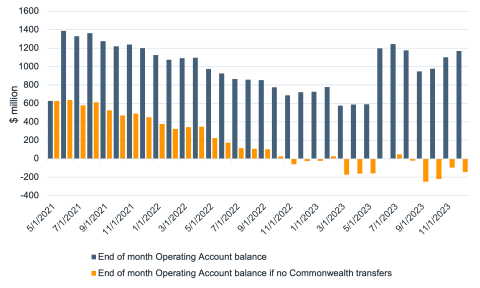By Tim Buckley
The government of India isn’t kidding around about solar energy.
For the most recent proof, look no further than the announcement last week of an $800 million funding initiative to kick-start a major step-up in the country’s solar roll-out. The push involves two development tracks. One is for 20 gigawatts of what the energy industry dubs “ultra mega” solar-power parks (each of the generating upwards of 500 megawatts). Another is for 1 gigawatt of more distributive on-grid solar. Build-out is planned through 2019.
This announcement is the first truly tangible evidence of India’s budding commitment to accelerating its support for solar nationally in a dramatic way. It is consistent with what Energy Minister Piyush Goyal’s said in October when he proposed that India produce 100 gigawatts of solar-driven electricity by 2022. (10GW pa vs only 1GW over 2013/14). It’s a fivefold increase over the target detailed in the previous National Solar Mission.
It’s entirely doable, and IEEFA is increasingly confident in Goyal’s ability to implement a comprehensive plan for the modernization of the Indian electricity sector. The scheme, at its core, supports a rapid diversification of the national power system away from coal-fired power and toward more electricity from domestic wind, solar, hydro, nuclear and gas—plus hydroelectricity imports from Nepal and Bhutan. Other components of the strategy include:
- Improved domestic coal-sector productivity and efficiency, and partial privatizations;
- A significant lift in the integration of the national grid to both improve reliability and to reduce the unsustainable annual loss of 25 percent of the country’s electricity through poor transmission and distribution; and
- Restoration, in part through government policy moves, of the financial viability of companies across the solar sector.
The funding for the $800 million program is real. It derives from an US 80-cent per ton tax on all coal used in India, regardless of whether it is imported or produced domestically. Revenue from that tax, which was doubled from 40 cents per ton in May, is earmarked for the National Clean Energy Fund. It may yet expand this further: IEEFA wouldn’t be surprised to see it doubled again in the New Year.
Here’s another important policy point: Goyal has suggested that solar-energy producers will be able to access an 80 percent accelerated-depreciation tax deduction for renewable energy companies. This would significantly reduce any need for additional government subsidies as a way forward to India’s solar revolution, and it would help leverage the underutilized balance sheet strength of any well-capitalized solar company.
Tim Buckley is IEEFA’s director of energy finance studies, Australasia.












